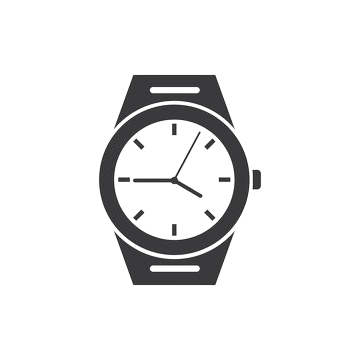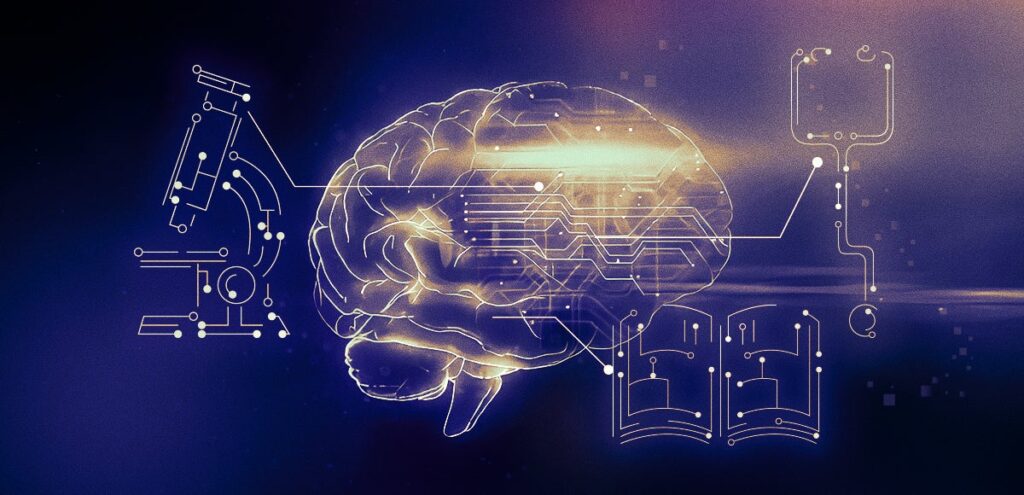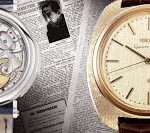As technology continues to evolve, the integration of artificial intelligence (AI) into various industries is reshaping traditional practices and enhancing capabilities. The watch industry, long known for its craftsmanship and precision, is no exception. Today, AI is playing an increasingly significant role in both the design and functionality of modern timepieces, creating smarter, more personalized experiences for consumers. This article explores the various ways AI is influencing watch design and functionality, and the potential it holds for the future of horology.
AI in Watch Design: A New Frontier
1. Enhanced Design Processes
AI-driven design tools are transforming how watchmakers create new timepieces. Utilizing algorithms and machine learning, designers can generate innovative watch concepts and aesthetics faster than ever before. AI can analyze consumer preferences and trends by sifting through vast amounts of data, allowing brands to tailor their designs to meet market demands.
2. Customization and Personalization
One of the most exciting applications of AI in watch design is the ability to offer personalized options to consumers. Through AI algorithms, brands can analyze customer data, preferences, and past purchases to recommend custom features, colors, and materials. This level of personalization not only enhances customer satisfaction but also creates a deeper emotional connection to the timepiece.
3. 3D Modeling and Prototyping
AI and 3D modeling technologies allow watchmakers to create virtual prototypes of their designs quickly. This capability enables them to visualize their concepts, test various materials, and make adjustments before physical production begins. The result is a more efficient design process that reduces time and costs while ensuring higher quality.
AI in Watch Functionality: Smart Features
1. Advanced Health Monitoring
Many modern smartwatches incorporate AI algorithms to analyze health data collected from various sensors. These features enable users to monitor their heart rate, sleep patterns, stress levels, and even blood oxygen saturation. AI can interpret this data, offering insights and personalized recommendations to help users improve their health and well-being.
2. Predictive Analytics
AI’s ability to analyze historical data allows for predictive analytics in smartwatch functionality. For instance, fitness apps can use AI to predict workout performance or recovery times based on past activities. This predictive capability enables users to optimize their training regimens and set realistic goals.
3. Voice Assistants and Smart Features
The integration of AI-powered voice assistants has become a game-changer for smartwatches. Users can now control their devices through voice commands, access information, and manage tasks hands-free. This functionality enhances convenience and user experience, making smartwatches even more integral to daily life.
4. Real-Time Notifications and Smart Alerts
AI algorithms can prioritize notifications based on user behavior, ensuring that important messages stand out while less critical alerts can be filtered out. This intelligent management of notifications helps users stay organized and focused, enhancing the overall smartwatch experience.
The Future of AI in Horology
As AI technology continues to advance, its impact on the watch industry is expected to grow. Here are a few potential future developments:
1. Fully Automated Watch Design
The future may see AI systems capable of creating fully automated watch designs based on consumer data and market trends. This could revolutionize the industry by significantly reducing the time and resources needed for design while continually adapting to evolving preferences.
2. AI-Powered Customer Support
AI chatbots and virtual assistants could enhance customer service in the watch industry, providing real-time assistance for inquiries related to products, repairs, and maintenance. This would streamline the customer experience and improve brand loyalty.
3. Increased Sustainability
AI can also play a role in promoting sustainability in watch manufacturing. By analyzing supply chains and production processes, AI can help brands minimize waste, optimize resource use, and make more environmentally friendly choices in materials and production methods.
4. Advanced Machine Learning for Personalization
As AI continues to learn from user interactions, the level of personalization in watch features could become even more sophisticated. Future smartwatches might adapt in real-time to user habits, preferences, and lifestyles, offering a truly tailored experience.
Conclusion
The integration of AI into watch design and functionality represents a significant shift in the horological landscape. From enhancing the design process to providing advanced health monitoring and smart features, AI is transforming how consumers interact with timepieces. As technology continues to evolve, the possibilities for AI in the watch industry are limitless, promising a future where smart, personalized, and sustainable timekeeping becomes the norm. For both watchmakers and consumers, embracing this technological revolution will be key to unlocking the full potential of modern horology.



